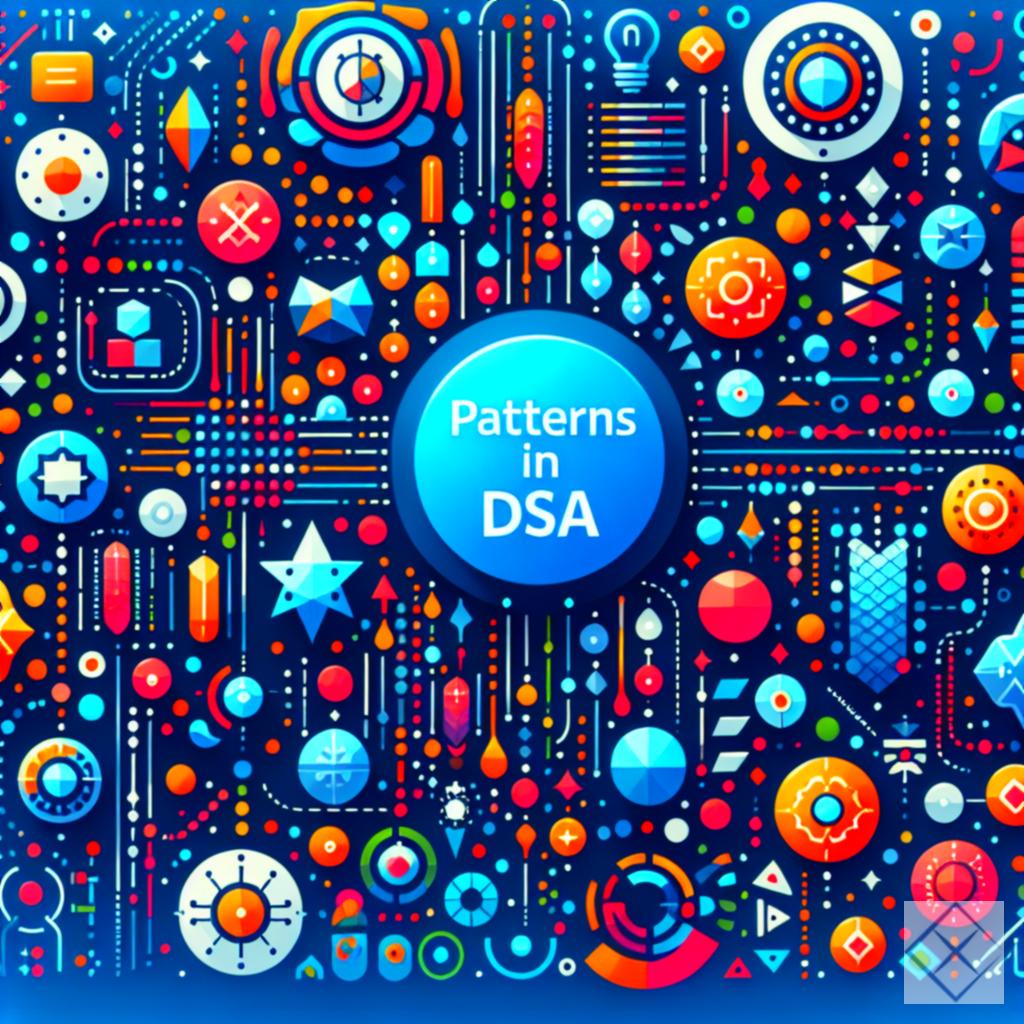PATTERNS IN DSA

Patterns in Data Structures and Algorithms (DSA)
When we delve into the realm of Data Structures and Algorithms (DSA), one intriguing question often arises: Is it necessary to adhere to a specific coding style or structure when implementing a pattern, or can we simply utilize nested loops and variations in our code? This post aims to explore the nuances of coding patterns in DSA, addressing both theoretical concepts and practical applications.
Understanding Patterns in DSA
Patterns in DSA refer to common strategies or techniques used to solve specific types of problems effectively. These patterns can simplify the coding process and improve our problem-solving abilities. They often encompass structures such as:
- Sliding Window
- Two Pointers
- Fast and Slow Pointers
- Backtracking
- Dynamic Programming
While these patterns provide a framework for tackling problems, the question remains: Is there a “one-size-fits-all” approach to implementing them?
The Coding Paradigm: Specificity vs. Flexibility
Specificity in Pattern Implementation
Many educational resources highlight the importance of writing code in a particular way to adhere to established patterns. This specificity can offer several advantages:
- Readability: Code that follows a recognizable pattern is generally easier for others (and ourselves) to read and understand.
- Maintainability: When you stick to established patterns, future modifications and debugging become more manageable.
- Efficiency: Certain patterns have been optimized through practice, leading to better performance in specific scenarios.
Flexibility in Code Structure
On the other hand, it is essential to recognize that DSA does not always demand rigid adherence to any single coding style. Here are points to consider regarding flexibility:
- Nested Loops: While many patterns can be elegantly expressed using nested loops, there are often alternative methods to achieve the same result. For instance, a problem solvable via backtracking may also be approached using iterative techniques.
- Non-Identical Codes: Different implementations can yield the same output. For example, a problem solved with recursion and a stack can functionally perform identically, despite differing code structures.
- Customization: Tailoring the code to fit specific problem constraints or leveraging unique insights can lead to innovative solutions that deviate from traditional patterns.
Common Misconceptions
One common misconception is that following a specific pattern is the only way to ensure correctness or efficiency. While established patterns serve as valuable guides, creativity in problem-solving can lead to equally valid and efficient solutions. It’s crucial to balance adherence to patterns with the flexibility to explore alternative methods.
Practical Applications
Understanding and recognizing patterns in DSA can significantly enhance your coding skills:
- Interview Preparation: Many technical interviews focus on assessing your ability to recognize and implement common patterns.
- Competitive Programming: Speed and efficiency are essential in competitive programming, where recognizing the right pattern can be the key to solving problems quickly.
- Real-world Applications: In software development, identifying patterns can lead to more efficient algorithms, ultimately improving performance in applications.
Conclusion
In conclusion, while specific coding patterns in DSA provide a framework for problem-solving, embracing flexibility and creativity can enhance your coding prowess. By understanding both the theoretical underpinnings and practical applications of these patterns, you can develop more robust and innovative solutions.
Encouragement for Further Exploration
As you continue your journey through DSA, keep an open mind about the multitude of ways to approach problems. Explore various coding styles, challenge yourself with different implementations, and most importantly, have fun with the learning process. The world of data structures and algorithms is vast, and there is always more to discover!
Top Comments:
- “I love the emphasis on creativity in coding! It’s a great reminder that sometimes the best solution isn’t the most traditional one.”
- “This post really resonates with my experience in coding interviews. Patterns are important, but so is adaptability!”
- “I appreciate the mention of different implementation styles. It’s a good motivator to not just memorize patterns but truly understand them.”